Welcome the Mighty Marvel Age of Miracleman
Miracleman #0 feels less like a celebration and more like a warning of what can happen to the character once Gaiman and Buckingham are finally done with him once and for all.
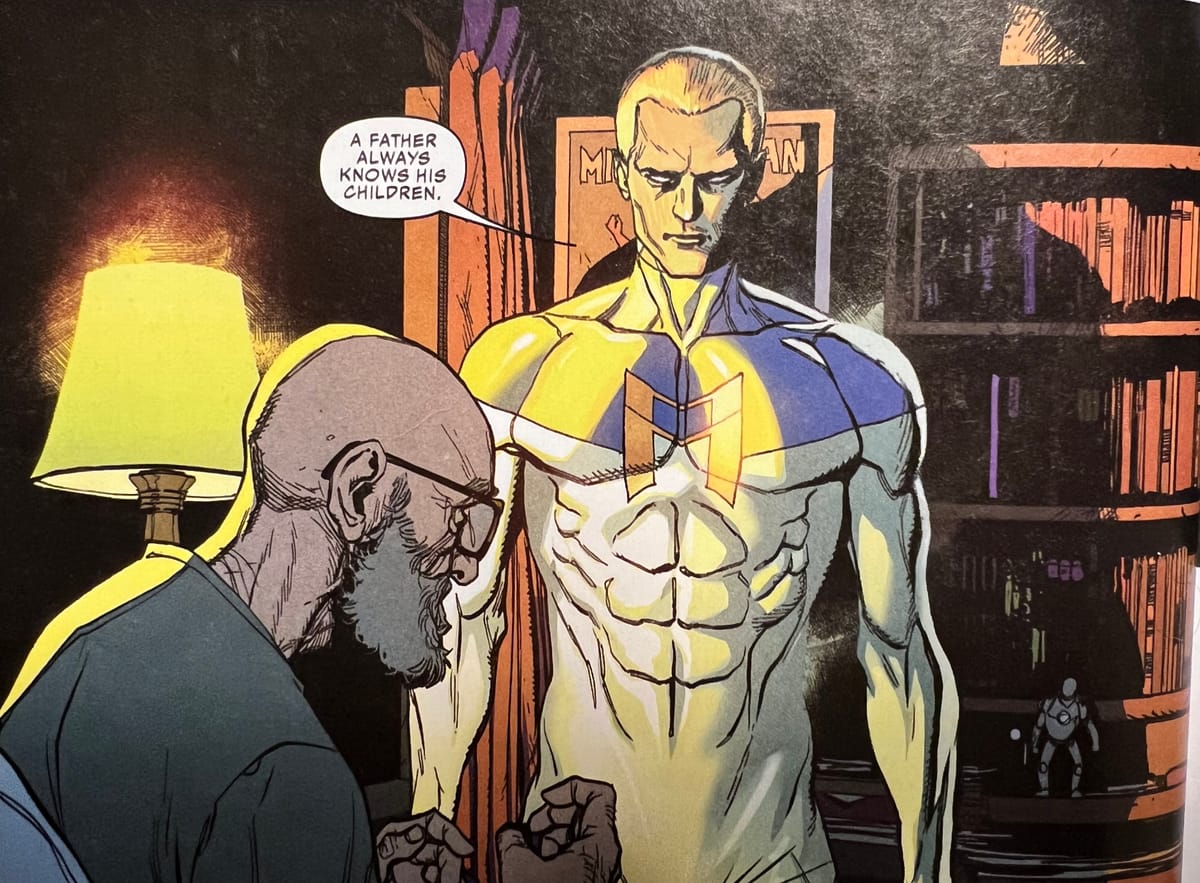
“This is an imaginary story… Aren’t they all?” Alan Moore, Superman #423 (1986)
“I could ask about why Marvel Comics are churning out or planning to bring out my ancient MARVELMAN stories, which are even older, if they had a viable idea of their own in the quarter-century since I wrote those works… Just simply get some of your top-flight talent to put out a book that the wider public outside of the comics field find as interesting or as appealing as the stuff that I wrote 25 years ago. It shouldn't be too big an ask, should it? I wouldn't have thought so.” Alan Moore (Bleeding Cool interview, 2010)
“Go fuck yourself, Alan Moore.” Jason Aaron (CBR, 2011)
“A father always knows his children.” Jason Aaron, Miracleman #0 (2022)
In 2011, Jason Aaron claimed to stop giving a shit about Alan Moore in the above-linked CBR piece. It’s difficult to not remember that as Jason Aaron contributes a Miracleman story to this new issue, particularly a meta-story where a creator quite literally becomes his creation. Now Moore didn’t create Miracleman; that credit goes to Mick Anglo who told stories of a thinly disguised Captain Marvel ripoff (got to call it what it was.) But it was Moore and Garry Leach who brought the character out of obscurity in 1982. And then eleven years ago, Jason Aaron wrote “Go fuck yourself, Alan Moore,” in response to Moore calling out a whole generation of writers as not living up to his standards as creative individuals. And now in 2022, Aaron is “celebrating 40 years of Miracleman’s modern age!”
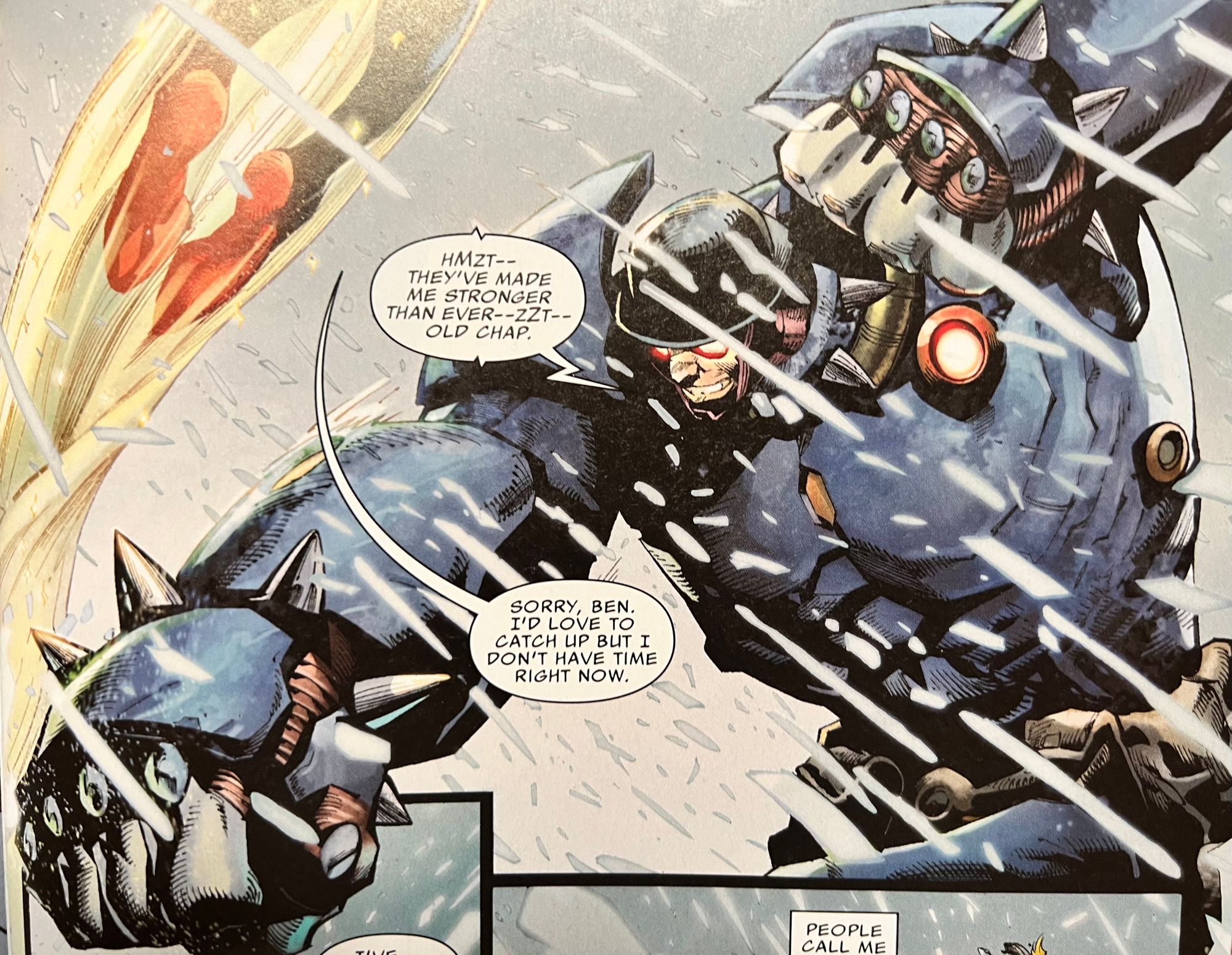
Not 40 years of the character as if Anglo created him back in 1982. Anglo’s Marvel Man (so named before Marvel through a legal fit in 1982) was first published in 1954 so maybe Neil Gaiman and Mark Buckingham’s long-awaited story will finally be completed in time for the character’s 70th anniversary. No, this comic celebrates 40 years of Moore and Leach bringing the character back in Warrior magazine, starting the trend of deconstructing old superheroes for a modern audience. So we have this #0 issue and in a few weeks, we get Gaiman and Buckingham’s Miracleman: The Silver Age #1, a comic that’s been 30 years in the making. And then, Miracleman enters the Marvel Universe, I guess. Or he’s already there as some Kang story alluded to the character being in the Marvel Universe. This month, he’s even appearing on all kinds of variant covers, teaming up with the likes of Obnoxio the Clown and The Forbush Man or other Marvel characters. Who really keeps track of these kinds of things?
Miracleman #0 feels less like a celebration and more like a warning of what can happen to the character once Gaiman and Buckingham are finally done with him once and for all. Ryan Stegman opens the anthology with just an odd story, lifting names from Anglo and Moore’s work without offering any real explanation or exploration of them. “But what will they say when the 2000s came and Miracleman has ushered in a new century of peace?” Stegman ponders in his story. Which would have been all fine and good if that even reflected what was in the story at all.
Over at The Beat, Joe Gruenwald theorizes that Stegman is taking a shot at Todd McFarlane’s one-time effort to revitalize Miracleman as The Man of Miracles. “There’s something for longtime fans here, too, as it’s hard not to notice the resemblance Stegman’s leather jacket-clad Miracleman has to Todd McFarlane’s ‘Man of Miracles’ – a character originally intended to be Miracleman before legal disputes curtailed those plans – a resemblance driven home by Stegman’s apparent amping up of the McFarlane influence on his artwork.” Sure, let’s go with that. I don’t think Gruenwald is that far off but I’m still not too sure that the story succeeds on that level, coming off as more of a surface-level understanding of these characters and themes than anything more.
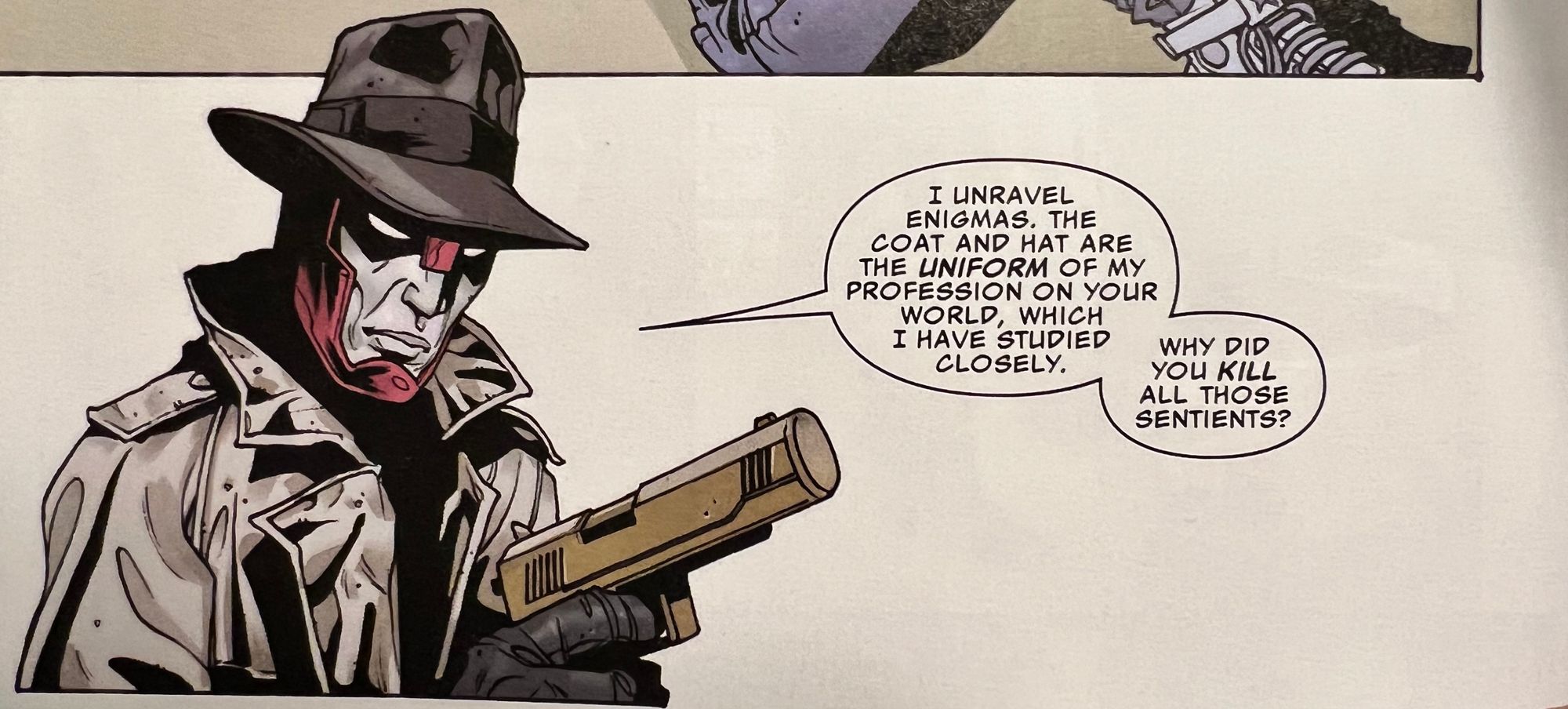
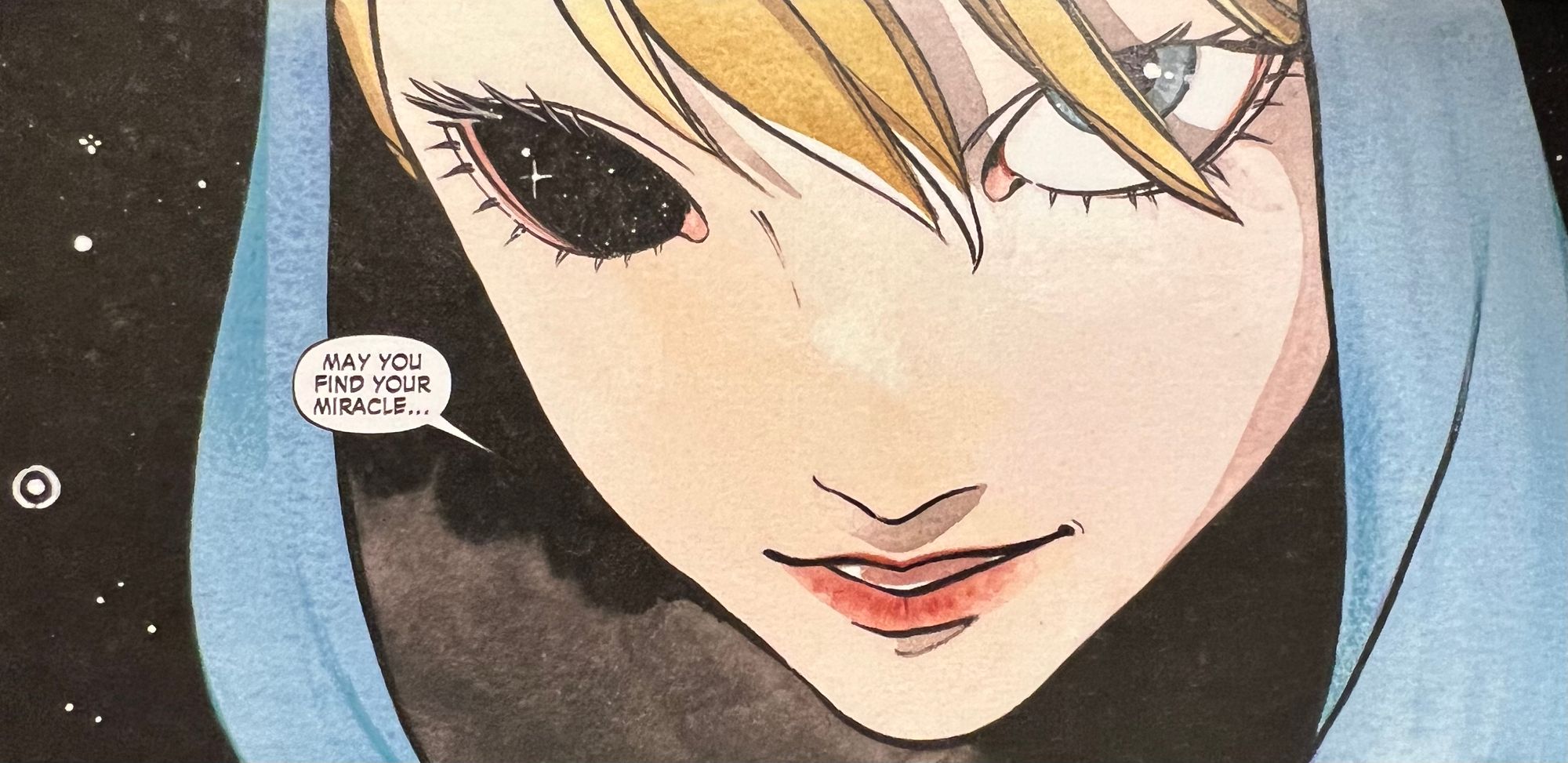
But it does work as this issue provides a glimpse of the possibilities of Miracleman, some welcomed and some to be glanced at side-eyed. Wrapped inside of a framing sequence by Gaiman and Buckingham that identifies these stories as apocryphal, Marvel’s first real stab at telling new Miracleman stories is a mixed bag. Following Stegman, Mike Carey and Paul Davidson tell the tale of a Warpsmith, one of Moore’s more obscure and fascinating co-creations. Carey and Davidson provide a sense of fun that’s largely missing from the rest of the book. Peach Momoko’s contribution feels like some kind of funhouse mirror of a story; what you get out of it is what you put into it. It’s a puzzling story that demonstrates a creator wrestling with some possibilities that come out of Moore and Gaiman’s writing in this world. Ty Templeton provides some whimsical comics that feel more like creative exercises than anything else.
The issue concludes with Aaron and Leinil Francis Yu’s story of a fictional superman confronting his creator. This version of Miracleman, sharing a passing familiarity with our own but looking more like Bryan Hitch’s Apollo than Leach’s Miracleman, is trapped in his fictional existence, experiencing endless reimaginings and reboots. “You did this!” he rants at his creator. “You created this monster (Miracleman)! And remade him again and again as times changed and your precious sales declined! You devoted your life to your work and what did that get you?! Look at this wretched place! On some worlds, there are billion-dollar film franchises devoted to us!” That’s a surprising amount of self-reflection from a Marvel comic.
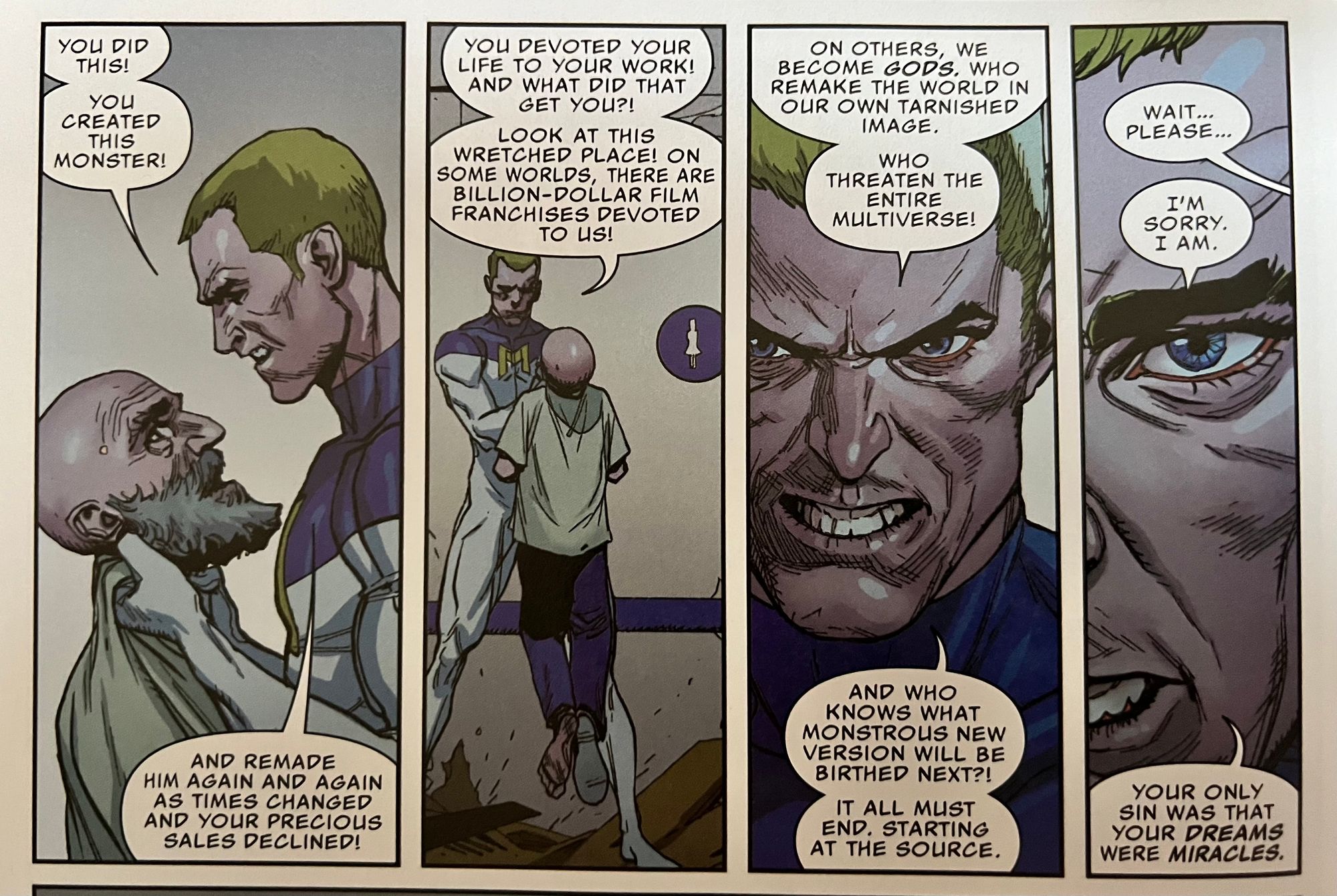
So this Übermensch version of Miracleman kills both a Miracleman that we’re more familiar with, clad in the blues, reds, and yellows, but also kills the creator he’s confronting, accusing him of unleashing a meme of the Miracleman into the multiverse (yes, this is one of those stories.). That alone would say something about the state of the superhero narrative in 2022, how they use up and discard the people and the ideas originally behind them. Maybe this could be some kind of continuation of Aaron’s “fuck you” to Moore, killing a creator in this celebration of 40 years of the character’s modern age. It would already be an odd and puzzling story if it ended there.
Except it doesn’t end there. The original spirit of the character revives the creator’s body, pummeling the more modern version of it before flying off into the sky, wondering if he’s just a puppet on some even high creator stings but vowing to “write myself a better life.” This isn’t the Miracleman you know; this isn’t Alan Moore or Mick Anglo. The meta twist of a character killing and resurrecting his creator speaks to how these characters enter our collective consciousness at some point. It’s a fascinating critique of the work-for-hire environments that have created such memorable characters as Superman, Batman, Spider-Man, and Captain America. Those characters are so much more now than Siegel and Schuster, Kane and Finger, Lee and Kirby, or Simon and Kirby ever thought they could be. Or even so much more than some of them lived to see.
It’s been 30-some years since we got new Miracleman stories. Thecharacter and his creators have gone in and out of favor in comic fans' eyes (and even some creators- we see you Jason Aaron) at least a couple of times now. Even before Marvel acquired the rights all of those years ago, there have been endless hints, Easter eggs, threats, and promises of reviving the character. But Marvel’s efforts have been odd, from an inexplicable strategy of reprinting old comics to having to strip Alan Moore’s name from all credits and just refer to him as “The Original Writer,” itself some weird meta happening. And when we finally get new stories, it’s Stegman pondering what the 2000s will think of the character and Aaron having a fictional comic character kill his fictional comic creator.
Gaiman and Buckingham will be concluding a story cycle that began 40 years ago with Moore and Leach. Once their Silver Age story is done, then what next? Both Stegman and Aaron’s stories offer possibilities of what the character could look like in a modern writer’s hands. From the pastiche of what could have been to the wonders of what could be, Miracleman is a character who does provide Marvel with a lot of possibilities. Aaron’s story is self-contained but could be an intriguing launch point for the character’s Marvel future. Once he’s overcome the burden of his creation, what could it look like for a character to write himself a better life?
Or once we say "go fuck yourself, Alan Moore," are we able to just finally move beyond the long shadow of Moore?
Somehow I doubt it.
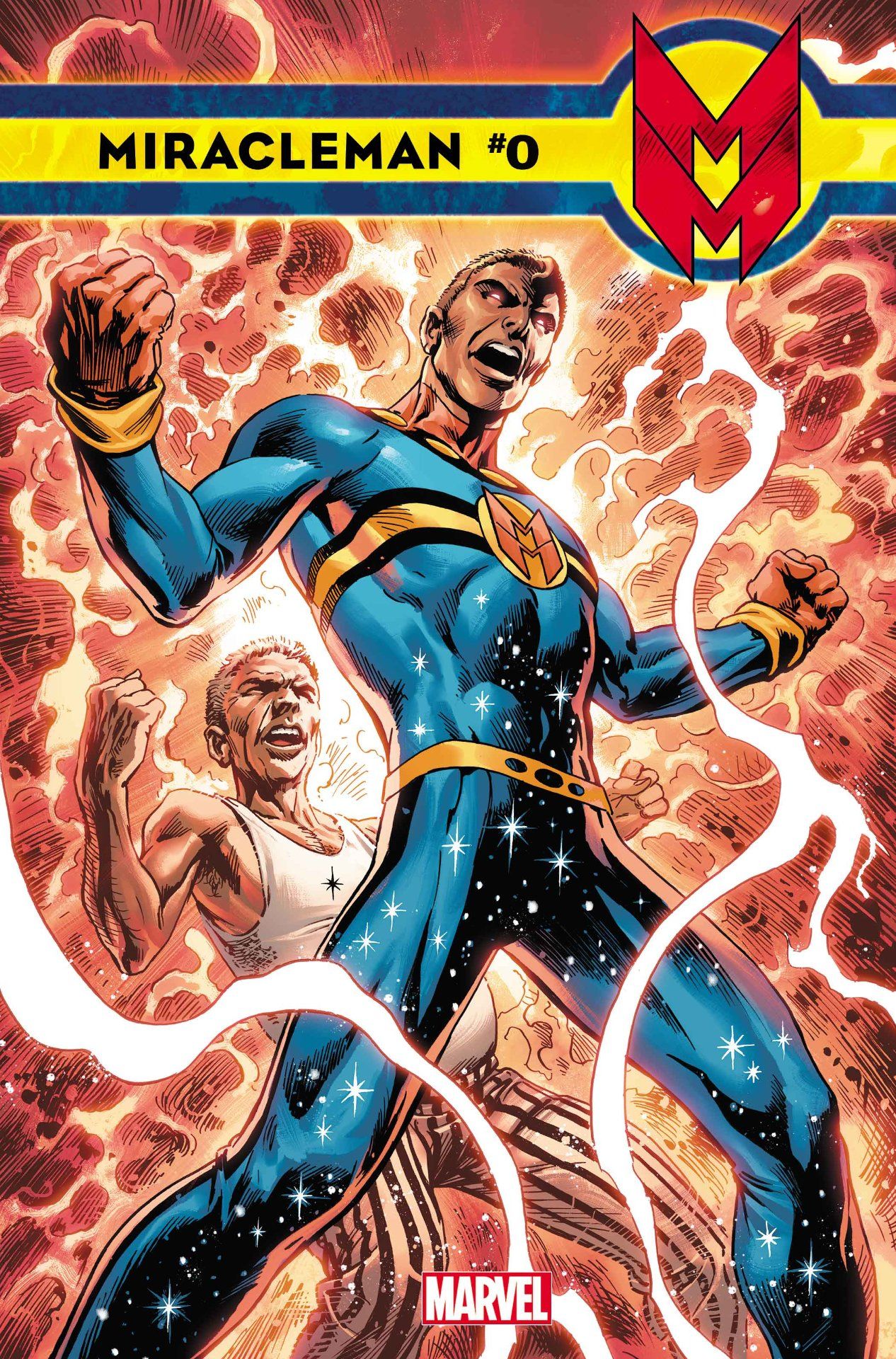



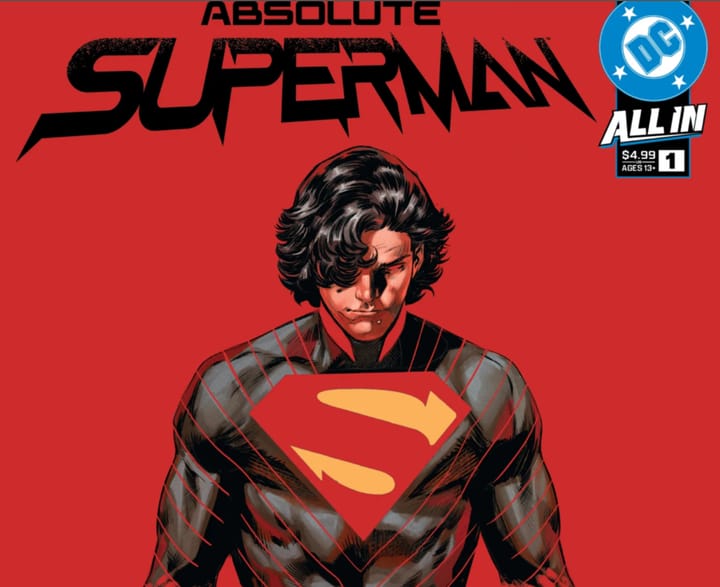
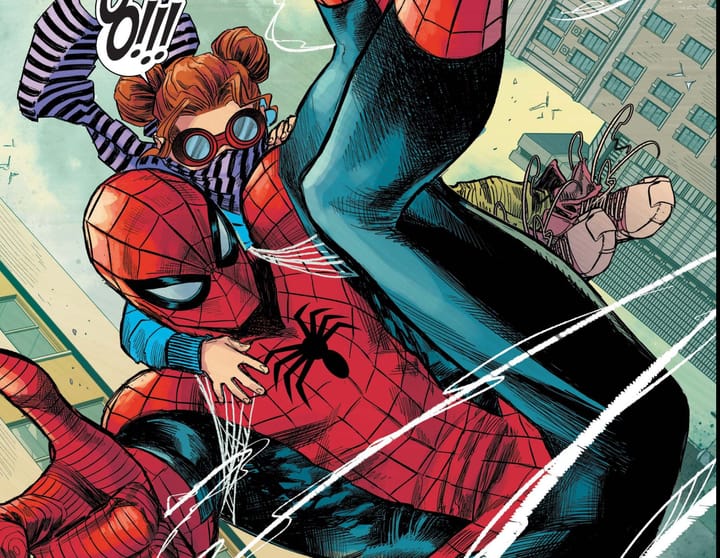
Comments ()